Fire Suppression Systems – Is Your Building Properly Equipped, Up-to-Code, and Is the System Regularly Maintained?
Fire Suppression Systems Test – Logan Airport
How important is it for public and commercial buildings, institutional facilities – hospitals, universities, schools, and libraries, residential buildings, and private facilities to be equipped with up-to-date fire suppression and fire alarm systems? In the event a fire disaster occurs, it is truly a matter of life and death – first and foremost in protecting the workers, inhabitants, and visitors to the facility, and also, in limiting damage to the building structure itself and valuable critical equipment within the facility.
The goal of fire protection always has been to limit the damage a fire can cause. In keeping with that goal, fire suppression is an integral component of every facility’s fire protection system. Fire suppression systems are designed and installed to limit fire spread in new and existing buildings in order to protect lives and control property damage, including the loss of valuable equipment and costly downtime.
It is critical to make sure the system is up-to-date, inspected and tested, and maintained, at regular intervals, by highly qualified specialists. Every public, commercial, institutional, and private building is required by Federal, State and Local law to be equipped with updated fire alarm systems. The design, engineering, installation, and maintenance of fire suppression and fire alarm systems must meet stringent National Fire Protection Association (NFPA) Code requirements.
So what types of facilities really need to have fire suppression equipment that’s inspected, up-to-date, and with a preventative maintenance plan in place? You name it – data centers, cooling towers, cable vaults, theaters, airports, aircraft hangers, museums, libraries, utility plants, electric rooms, universities, public and private educational facilities, technology, life science, and hospital facilities – and the list goes on. Critical facilities require the highest level of fire suppression equipment.
Water via fire protection sprinkler systems has long been the first line of defense against fires. Systems that use water as their primary suppressant are monitored by air pressure and, typically, electricians provide the controls and control wiring that will warn of a leak that can be repaired to keep potential water damage minimal.
Today, however, suppression systems are far more sophisticated and varied in their design and installation; depending on the environment, the most appropriate type of device and agent should be designed and installed. For instance, it is typical to use a combination of dry and wet agents to suppress equipment fires. Clean agent fire protection, that is, the use of gases in extinguishing and controlling fires is often employed in critical facilities, where equipment can suffer damage through the use of sprinkler systems and other wet agents.
That said, there are no shortcuts when it comes to fire suppression system design, installation, testing and preventive maintenance. It is critical that the fire suppression system is not only installed correctly, but also tested and maintained to ensure functionality.
An electrical contractor that specializes in the installation of these fire protection systems will know exactly what is required, and provide the most effective system and appropriate means of suppressing a fire, based on the type of facility, the specific environment and application. That electrical contractor/installer will work closely with fire protection contractors, building managers, engineers, emergency personnel, electrical inspectors, and fire department personnel to ensure the intricate installations are performed to code, fully tested and operational.
It is very important for the electrical contractor’s electricians to be educated and fully up-to-date in all aspects of this highly specialized field. With a multitude of systems appropriate to specific facilities – from low, medium and high expansion foam systems to CO2 extinguishing systems, and from dry chemical to wet chemical extinguishing systems – technical wiring requirements must be performed to meet NFPA Codes. And, there are many different types of initiation for each system, requiring extensive training to ensure the components of the system tie in properly.
The facility manager should research and interview the installing electrical contractor to make sure the firm and its electricians that will be performing installations have field experience with their specific kind of facility and, also, expertise with the types of fire suppression systems that will be installed.
In closing, it is the building owner’s and manager’s first and foremost responsibility, to make sure the fire suppression systems, within the facility’s life safety systems, are up-to-code and inspected and maintained regularly.
Shawn Stalker is a project superintendent for Stalker Electric, Inc., based in Woburn, Mass.
STALKER ELECTRIC, INC.
www.stalkerelectric.com
155 T New Boston St.
Woburn, MA 01801
781-729-8409 Office
781-729-8433 Fax
[email protected]
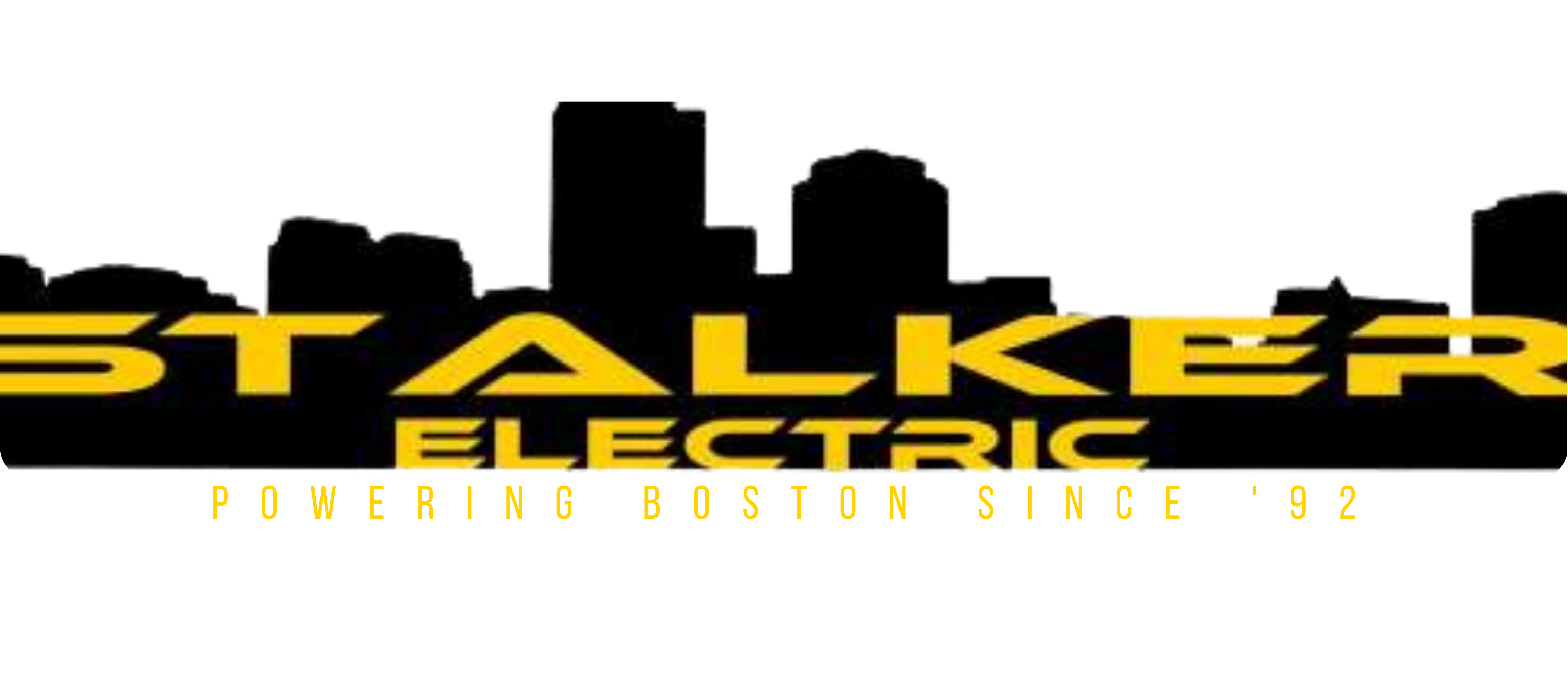
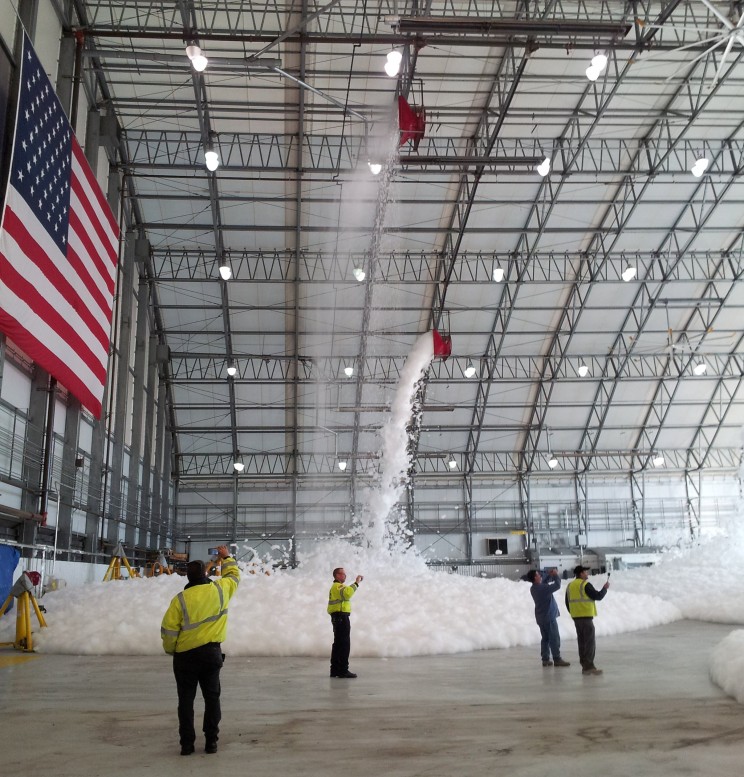

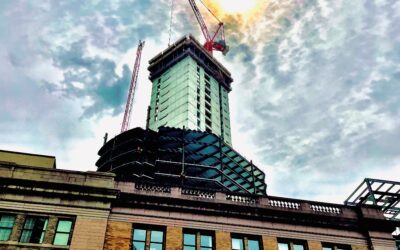
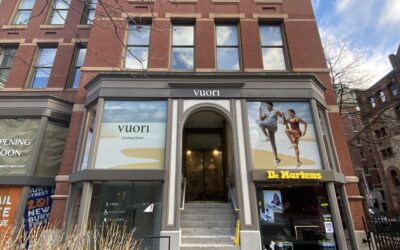
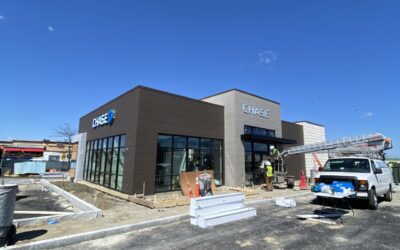


0 Comments